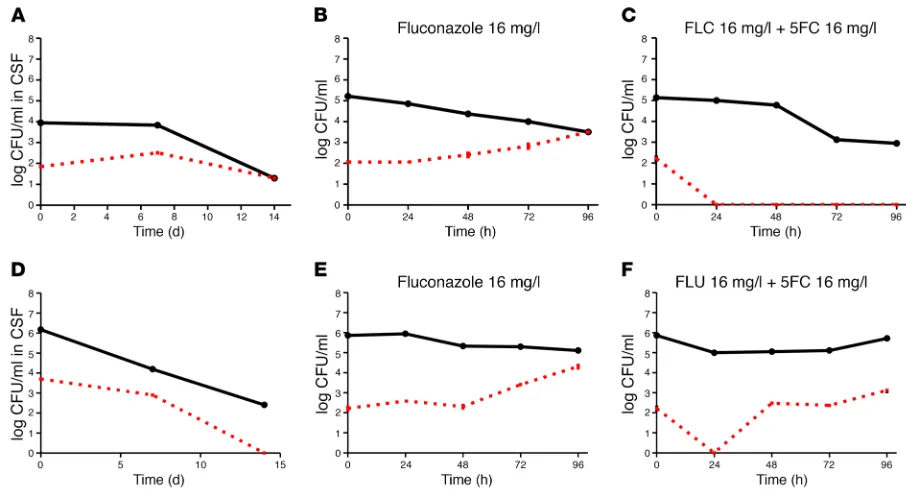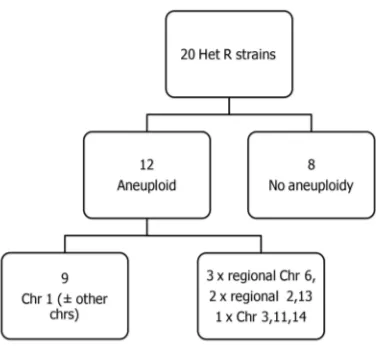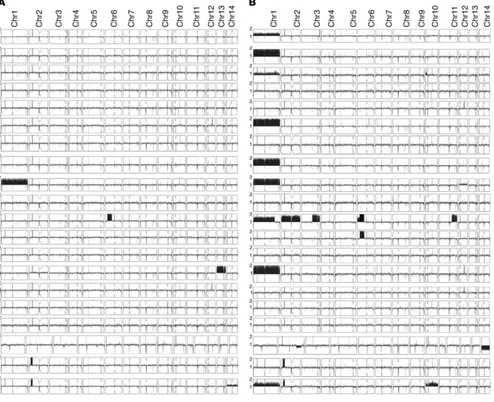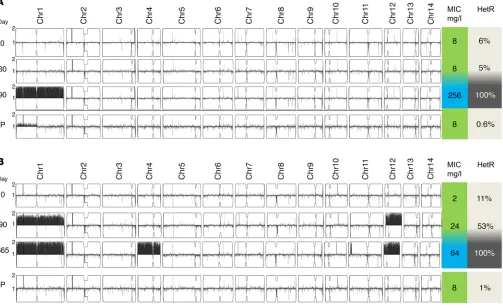Dynamic ploidy changes drive fluconazole resistance in human cryptococcal meningitis
Full text
Figure
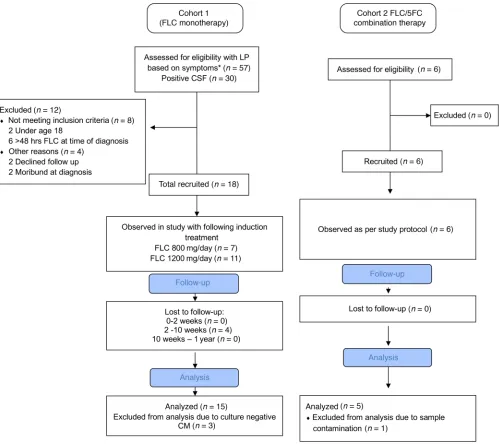
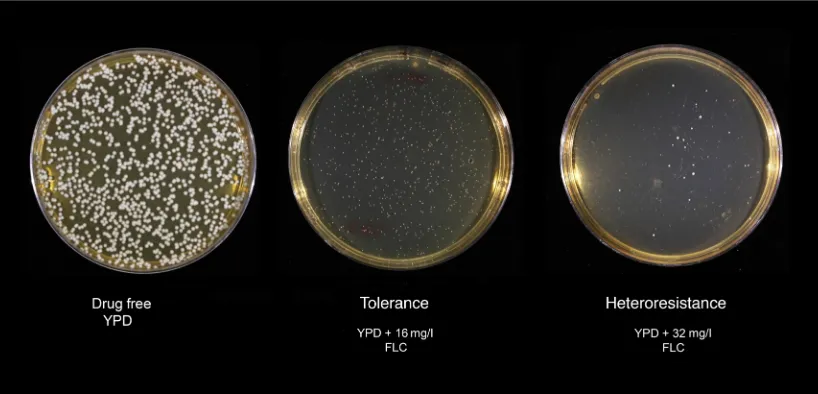
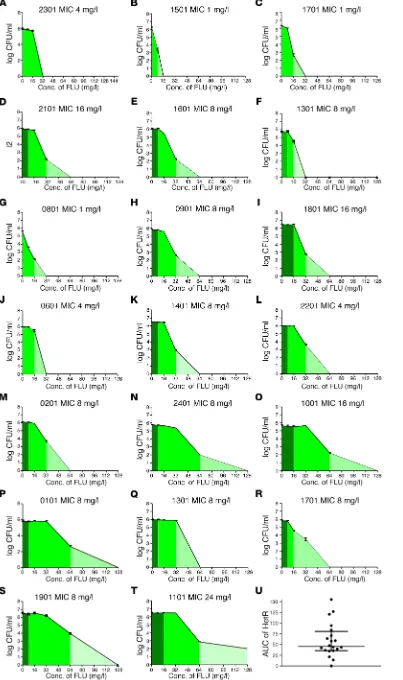
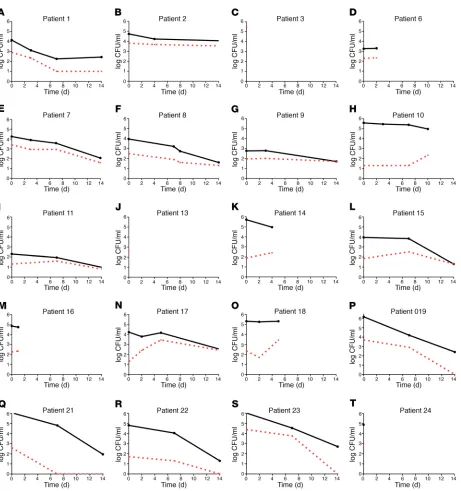
Related documents
18 Passive resistance, referred to by Noel Dyck, continued but “Indian veterans were instrumental in the creation of the first nationwide Indian political organization —
Abstract —This paper amalgamates two uncorrelated techniques namely finite difference time domain technique (FDTD) and nonlinear autoregressive with exogenous input (NARX) neural
Building upon the existing structure of the Office of the Dean of Undergraduate & University Studies and the Department of University Studies, the University College will
Autocorrelation-based Factor Analysis and Nonlinear Shrinkage Estimation of Large Integrated covariance matrix..
IAPT: Improving Access to Psychological Therapies; MINI: Mini International Neuropsychiatric Interview; NICE: National Institute for Health and Clinical Excellence; NIHR:
Second, we test MAC’s prediction that each of these types of cooperation will be considered morally relevant, and each will give rise to a distinct moral domain, by developing a
antibody mimetic against HER2, called bH1, displayed similar binding a ffi nity as trastuzumab (anti-HER-2 antibody) using SPR, but di ff erent binding thermodynamics (enthalpy
There are, of course, many valid reasons why applied psychologists may not be research active (Holttum & Goble, 2006) – many employers may prefer psychologists to be involved

